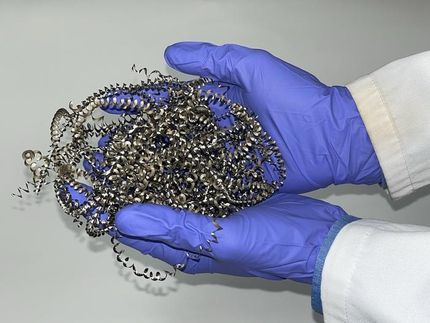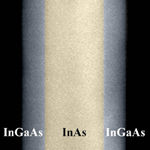How power-to-gas technology can be green and profitable
Economists map out economically viable path to renewables-based hydrogen production
hydrogen production based on wind power can already be commercially viable today. Until now, it was generally assumed that this environmentally friendly power-to-gas technology could not be implemented profitably. Economists at the Technical University of Munich (TUM), the University of Mannheim and Stanford University have now described, based on the market situations in Germany and Texas, how flexible production facilities could make this technology a key component in the transition of the energy system.
From fertilizer production, as a coolant for power stations or in fuel cells for cars: Hydrogen is a highly versatile gas. Today, most hydrogen for industrial applications is produced using fossil fuels, above all with natural gas and coal. In an environmentally friendly energy system, however, hydrogen could play a different role: as an important storage medium and a means of balancing power distribution networks: excess wind and solar energy can be used to produce hydrogen through water electrolysis. This process is known as power-to-gas. The hydrogen can recover the energy later, for example by generating power and heat in fuel cells, blending hydrogen into the natural gas pipeline network or converted into synthesis gas.
"Should I sell the energy or convert it?"
However, power-to-gas technology has always been seen as non-competitive. Gunther Glenk of the Chair of Management Accounting at TUM and Prof. Stefan Reichelstein, a researcher at the University of Mannheim and Stanford University, have now completed an analysis demonstrating the feasibility of zero-emission and profitable hydrogen production. Their study shows that one factor is essential in the current market environments in Germany and Texas:
The concept requires facilities that can be used both to feed power into the grid and to produce hydrogen. These combined systems, which are not yet in common use, must respond optimally to the wide fluctuations in wind power output and prices in power markets. "The operator can decide at any time: should I sell the energy or convert it," explains Stefan Reichelstein.
Production in some industries would already be profitable
In Germany and Texas, up to certain production output levels, such facilities could already produce hydrogen at costs competitive with facilities using fossil fuels. In Germany, however, the price granted by the government would have to be paid for the generation of electric power instead for feeding it into the grid.
"For medium and small-scale production, these facilities would already be profitable now," says Reichelstein. Production on that scale is appropriate for the metal and electronics industries, for example – or for powering a fleet of forklift trucks on a factory site. The economists predict that the process will also be competitive in large-scale production by 2030, for example for refineries, ammonia production, assuming that wind power and electrolyte costs maintain the downward trajectory seen in recent years. “The use in fuel cells for trucks and ships is also conceivable”, says Glenk.
Energy sources for intelligent infrastructure
The economists' model offers a planning blueprint for industry and energy policy. It can take into account many other factors, such as charges for carbon emissions, and calculate optimal sizing of the two sub-systems. It is also applicable to other countries and regions.
"Power-to-gas offers new business models for companies in various industries," says Glenk. "Power utilities can become hydrogen suppliers for industry. Manufacturers, meanwhile, can get involved in the decentralized power generation business with their own combined facilities. In that way, we can develop a climate-friendly and intelligent infrastructure that optimally links power generation, production and transport."
Original publication
Other news from the department business & finance

Get the chemical industry in your inbox
By submitting this form you agree that LUMITOS AG will send you the newsletter(s) selected above by email. Your data will not be passed on to third parties. Your data will be stored and processed in accordance with our data protection regulations. LUMITOS may contact you by email for the purpose of advertising or market and opinion surveys. You can revoke your consent at any time without giving reasons to LUMITOS AG, Ernst-Augustin-Str. 2, 12489 Berlin, Germany or by e-mail at revoke@lumitos.com with effect for the future. In addition, each email contains a link to unsubscribe from the corresponding newsletter.



























































